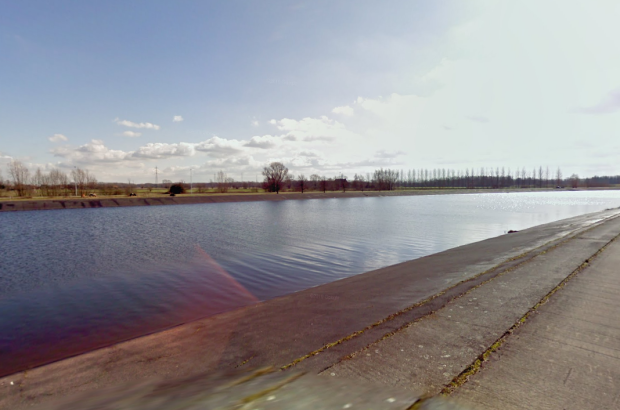- Daily & Weekly newsletters
- Buy & download The Bulletin
- Comment on our articles
Canal on Franco-Belgian border reopen after 30 years
Getting from Belgium to France by boat will become much easier following the long-awaited reopening of the Condé-Pommeroeul canal, after a comprehensive works programme that began in 2016.
The Franco-Belgian waterway, essential for the transport of goods across the border, will again be open for large-scale navigation by the end of the year.
Boats weighing up to 3,000 tonnes will be able to navigate the 11km-long canal. This is good news for boatmen, who will avoid a 30km detour via the Nimy-Blaton-Péronnes canal and so will save half a day’s journey.
The reopening of the canal was also made in the spirit of encouraging greener and more sustainable transport, Wallonia’s minister for transport, Philippe Henry (Ecolo) said.
“It is very important for Wallonia to be on the European waterways network map. This is a huge economic issue. And it is also an ecological matter. Companies will have to decarbonise their transport and activities in future. We must therefore give them the means to do so.”
Depending on what journey is made, river transport of a tonne of goods over a kilometre emits two to five times less greenhouse gases and almost two times fewer PM2.5 fine particulates, which cause air pollution and resulting health problems such as heart disease and asthma, than road transport.
The Condé-Pommeroeul canal, running from Pommeroeul in Belgium to Condé-sur-l’Escaut in France, is, with the adjoining Lys canal and Dunkirk-Escaut link, one of the three branches of the Seine-Escaut corridor that runs into the large river networks of Northern Europe.
It enables a direct river connection between the larger French and Belgian canals, notably the canal from Charleroi, Brussels and Antwerp to the Meuse river.
The newly reopened canal was shut for navigation in 1992 because of a silt problem between Hensies lock and the Grand Large de Fresnes.
Significant dredging and recalibration work was necessary, including extracting one million cubic metres of sediment and moving 450,000m³ of earth to widen the waterway.
This €116 million renovation project was carried out by the Voies Navigables de France (VNF), the French navigation authority responsible for the majority of France's inland waterways network and associated facilities and the Walloon public service. Financial support came from the European Union and the Hauts-de-France region.



















